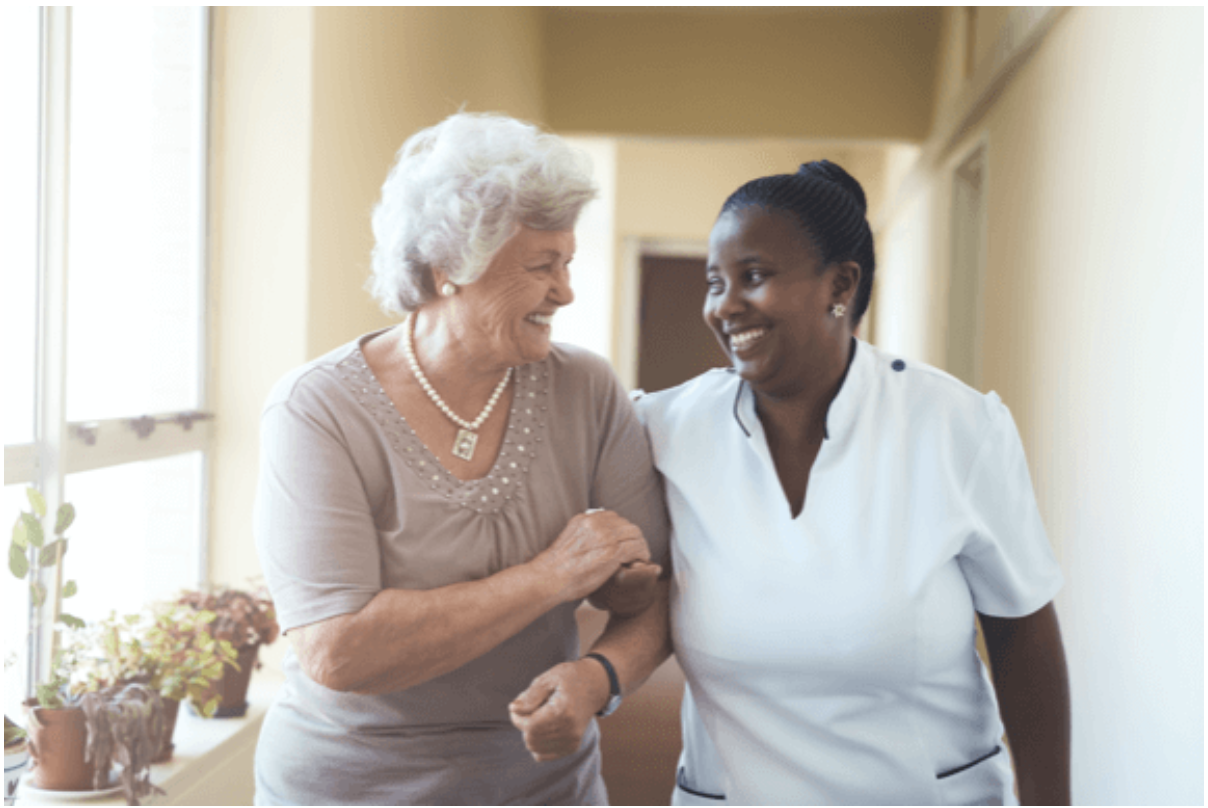Digitalization in care homes
Sectors that are under a lot of pressure can benefit greatly from digitalization – an important step in long-term care for a secure future.
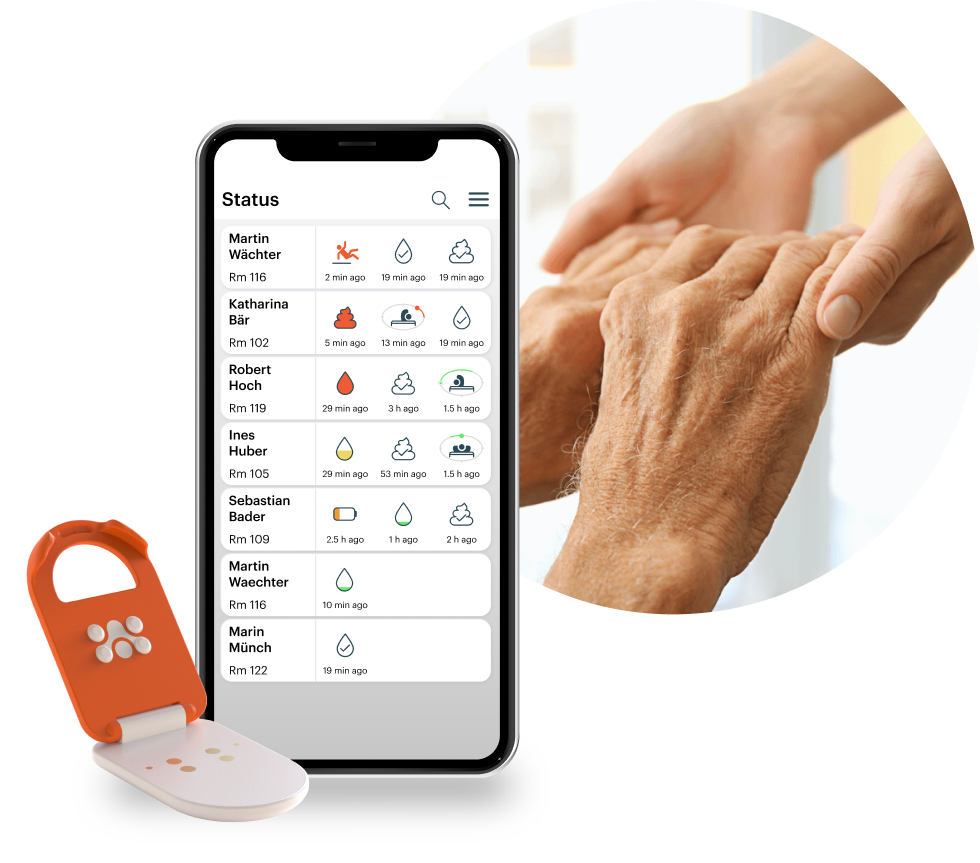
Digitalization in care homes
Sectors that are under a lot of pressure can benefit greatly from digitalization – an important step in long-term care for a secure future..

The nursing home of the future
Needs-based approach instead of routine checks
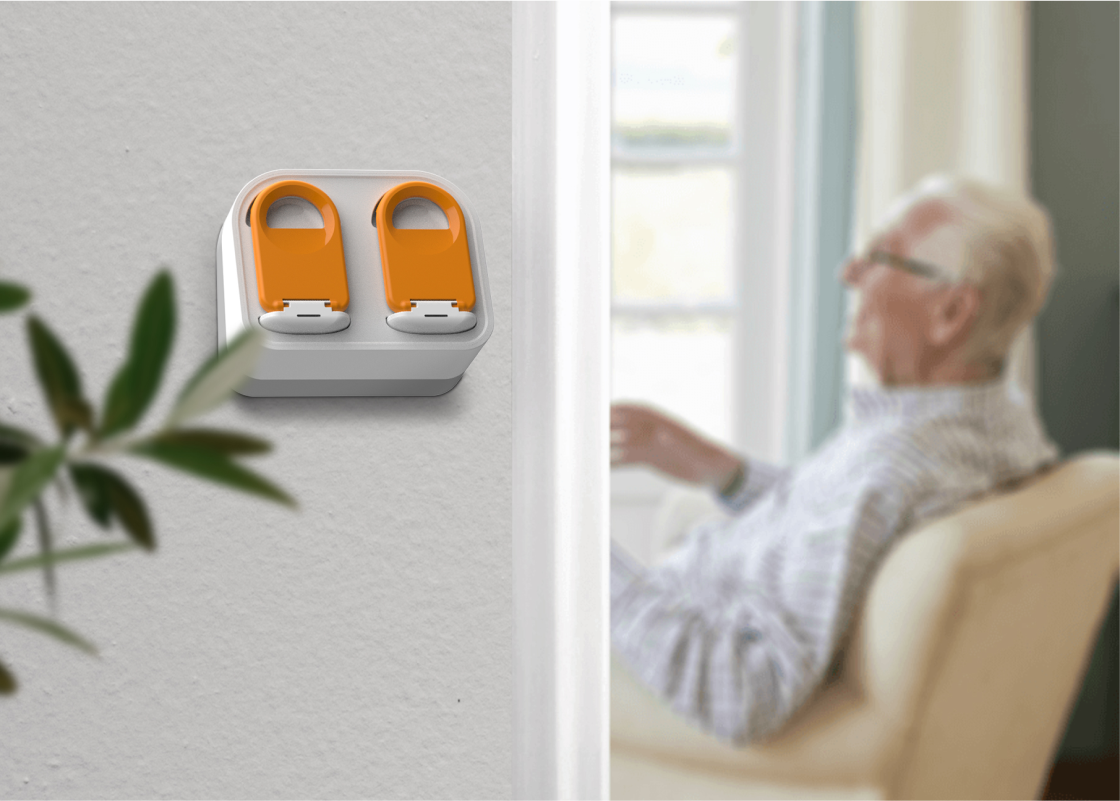
The first step towards the future
AssistMe’s goal is to support care facilities on their way to digitalization. For nursing homes, the use of individual digital solutions is difficult or not feasible. A solution where all components work together and supports facilities at all levels would be the ultimate solution.
The first step in this direction is technologically supported incontinence care with smart sensors on absorbent incontinence aids. A sensor clip on the incontinence product detects when it has reached capacity and informs the care staff immediately.
Digitalizing care – what’s the gain?
Staffing ratios are a challenge, employees are stressed and the quality of care is at risk. Therefore something has to be done to reverse this trend. With the AssistMe app, we show how nursing homes can benefit from the introduction of digital systems.
WITHOUT ASSISTME
Inefficient, routine-based care processes
Sporadic optimization of incontinence product selection due to manual, non-transparent recording of material consumption
Increased laundry costs due to leakages
Manual, potentially incomplete care documentation
Time-consuming training of inexperienced care staff due to verbally communicated information regarding residents’ needs
Difficult planning of staff hours due to unforeseeable, labor-intensive events such as leakages
Poor workplace conditions, such as care staff performing unnecessary, physically demanding tasks, tarnishes the reputation of the facility
WITH ASSISTME
Efficient, needs-based care processes
Continuous optimization of incontinence product selection through automatic, transparent recording of material consumption
Reduced laundry costs due to fewer leakages
Automated, seamless care documentation
Efficient and standardized training of inexperienced care staff thanks to readily available information regarding residents’ needs
Improved scheduling of staff hours due to fewer unforeseeable, labor-intensive events such as leakages
A modern, technologically supported workplace for care staff promotes a positive reputation of the facility
How can I achieve a smooth workflow in everyday care?
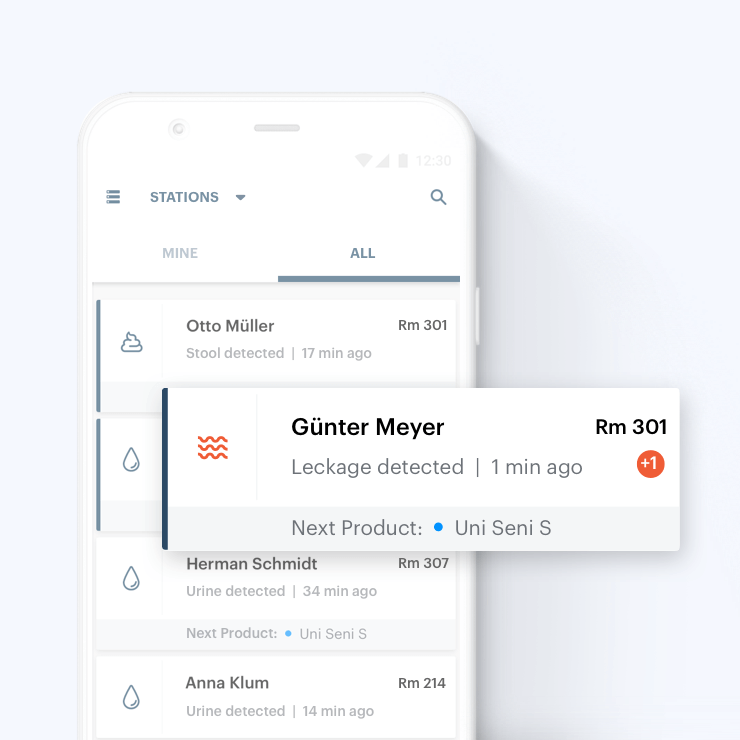
Incontinence:
Avoiding leakages
A digital record of the actual capacity of the incontinence product with a notification feature that alerts staff via smartphone that it requires immediate changing can easily prevent leakages.
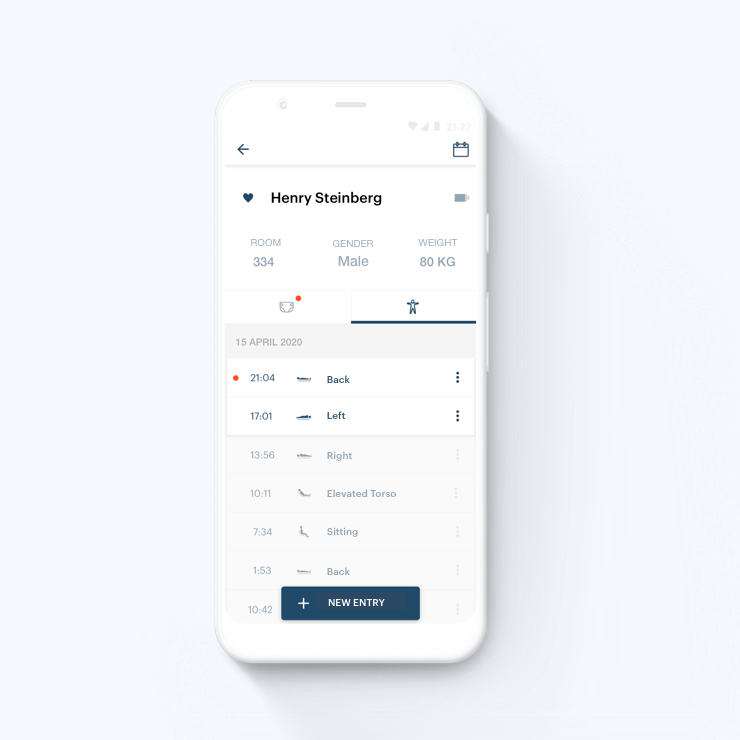
Position management:
More efficient supported positioning
AssistMe supports the prevention of pressure ulcers. An automatic notification that the resident has not changed position within a defined interval is sent to the caregiver and helps them in the decision-making process. This allows position management to be implemented efficiently and in a less disruptive way for the resident. Not only does this save time but also gives autonomy and quality of life back to the resident.
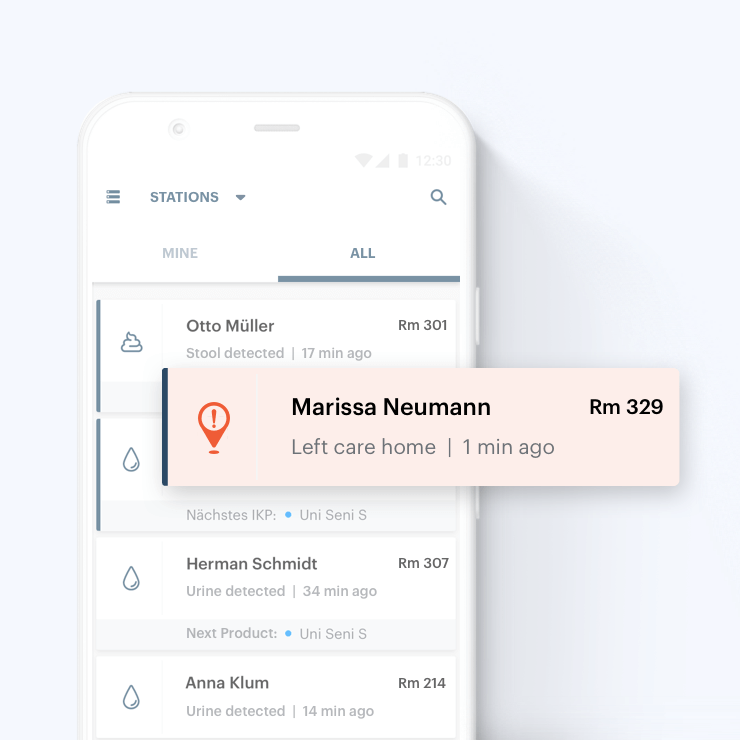
Wandering behavior:
Implementing measures without major restrictions
A useful measure is the definition of digital zones within the nursing home. This makes it possible to define secure areas and danger zones. If a resident with dementia enters such a danger zone (e.g., the exit of the care home), the responsible care staff member receives an alert on their smartphone. If the resident cannot be found, it is also possible to see in which part of the building they currently are.
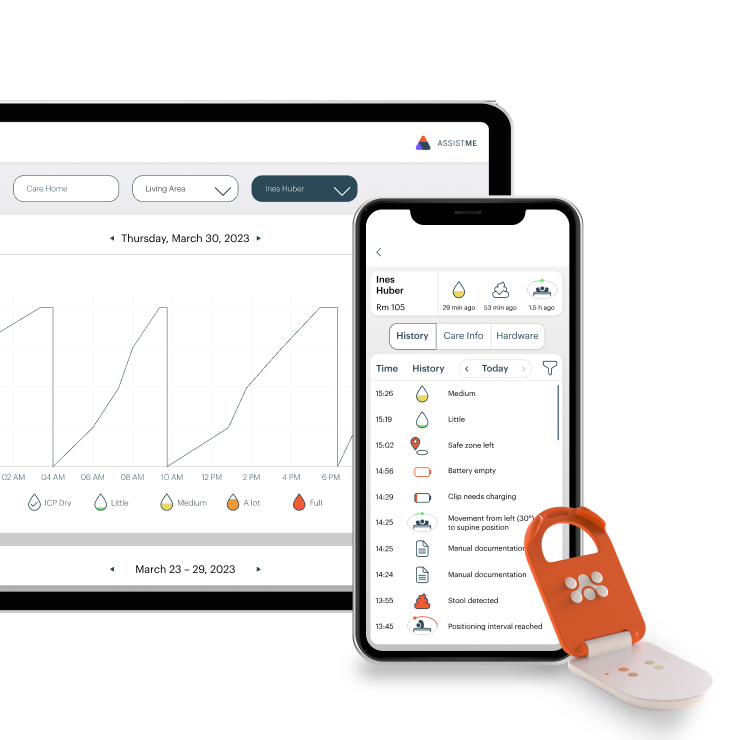
Documentation:
From cumbersome obligation to automated efficiency booster
The next step in “digitalization” offers several advantages:
- Changing an incontinence product or positioning a resident, can be documented automatically, thereby eliminating the need for compliance from the care staff. In the event of recourse proceedings, the automated documentation of the position measures and the resident’s own movements can effectively substantiate that prevention has been carried out properly.
- The use of mobile devices such as smartphones or tablets makes it possible to enter notes manually in the central documentation system while still with the resident, which significantly minimizes the chance of forgetting something.
- Continuous collection and analysis of data help to optimize the care planning process.
The digitalization of care can begin
Leakage prevention in residents with incontinence
Intelligent position management instead of routine rounds
Wandering behavior: More safety, fewer restrictions
Documentation: Automated, seamless, additional input from a smartphone
